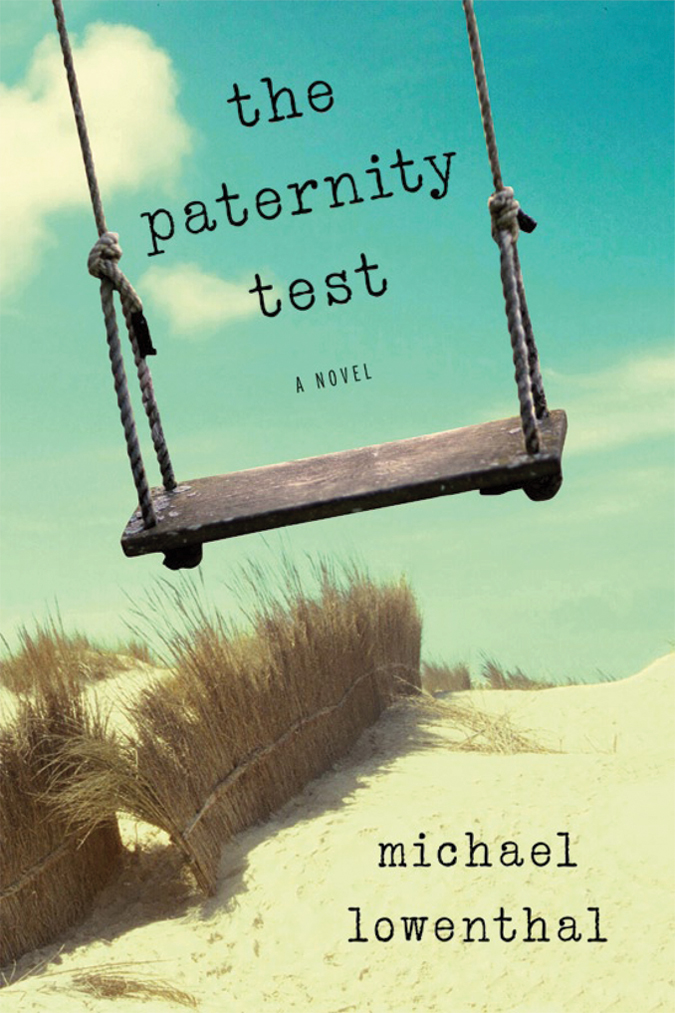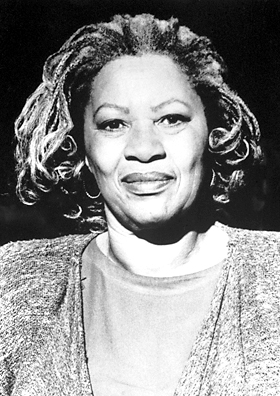THAT LIT, LIT LIFE (with global characteristics) 5 (of 14)
I used to live in Singapore. In ’94, just before my first book was released, a corporation moved me to this tropical, island city-state. It still feels like home whenever I fly into Changi at the eastern end of the island. Prison neighborhood. The street where I lived. My house was quite unbelievably beautiful, according to journal-me, a month into the move, high ceilings, lots of light and space, lots of air, a front and back garden, papaya trees with very sweet papaya, birds of paradise out back, frangipani out front. It’s a very royal setting. The site used to be a Buddhist temple . . .
My book, a “novel” my former publishers named it, but really, connected stories, could have won global awards for the most disappointing, dreadful, disgustingly dumb book cover of forever (hence, “former”). Fortunately, that version’s vanished, replaced by the 2nd paper edition and E-book. (I really, really like my backlist on E-books, from Book Cyclone – especially when royalty checks roll in :).
There’s a much snazzier cover on Don Lee’s latest book, The Collective, which really is a novel, E-read before scooting to Singapore.
Holy crap Batman! The Collective left me reeling. Still loopy-lit thinking about it now. Okay, so I do own every Don Lee book in hardback (except this one – technology, time, etc. but I was that cheapskate who always waited for the paperback?) . . . but this one – your gaze turns towards the contemporary Asian face in the world . . . well, not only are you whacked with every Asian racial slur in the English language, this is also the first novel to blow the top off our-oh-so-PC-liberally-lit life. Calls a spade a rice bowl. Must must-read.
* * *
But back to Singapore, morphing by the nanosecond. Overwhelming, the global zoom of this lit, lit journey.
Mum lived in Singapore before the war, as a boarder at the Convent of the Holy Infant Jesus. You can read “My Mother’s Story: the fiction and the fact” in the current issue of this journal (go on, buy a copy from your favorite indie bookseller – no link for your inconvenience).
Now, it’s Chimes – shopping, food, wine & song. JeezMaarJo, a body turns in a grave somewhere on that Road to Singapore (circa, 1940).
* * * “Women on the Move,” a symposium at Singapore Management University. brought me to town. “WOM’s,” our panel moderator abbreviated us. Made me wonder, aloud, was that other gender “MOM’s,” more sexually dis-oriented than ever? Women can love wine & song even as we confab about the challenges of 21st century womanhood (remarkably similar to 20th, 19th, 18th century ad infinitum in reverse).
Woman to wom-(man), one good thing that former publisher did was to release a sweet, debut poetry collection, Woman to Woman by Agnes Lam.
If Hong Kong-Singapore were a nation-state, it would name Agnes Lam Poet Laureate in Perpetuity. She found her writer’s voice in Singapore, and voices Hong Kong English more perfectly than anyone, a lyricism slanted with her special, sly wit. For years, flitting in and out of Hong Kong, I would meet Agnes regularly for tea, usually at the University of Hong Kong where she teaches and does scholarly research (PhD in linguistics – poets are way too smart which is why I’m not a poet). Her second book, Water Wood Pure Splendour is one book I regularly reach for.
You can read some of Agnes’ poems here.
Of course, now that I actually live in Hong Kong again, we hardly see each other! Another wacky reality of the lit, lit life’s global characteristics.
* * *
My first memory of Singapore, circa early 60’s, was of open-air food stalls by the sea. It was a mind-blowingly, fabulous trip. My sisters and I got to miss school and meet relatives, four cousins who were our age, and fun. The trouble with being from a large, extended, wah kiu 華僑Chinese-Indonesian family with global characteristics was that we were constantly meeting relatives who spoke incomprehensible languages – Dutch, Javanese, Fujianese-Hokkien, or English with incomprehensible accents – and who were invariably ancient. The Southeast Asians came from unpronounceable villages in Indonesia or Malaysia and described hideous conditions (crocodiles nipping your bum in the outhouses, etc.).
But Singapore! This was a city, like Hong Kong. These were normal kids, like us. My cousins lived in a house with a garden, a luxury compared to our penthouse flat (they, however, loved camping on our bedroom floor when visiting us in Hong Kong).
And we all spoke English.
I had dinner with Lawrence and Lewis, brothers number 1 & 3, during which we discussed walking on water in their home city.
Here’s how you cross one shoreline now:
The Helix Bridge, a design-engineering feat, opened in 2010 and links various sections of Marina Bay, Singapore’s new financial center and latest property development. I wandered round this gargantuan area of high-end shopping, sailing, gambling, dining and living. Walking on water.
All perfectly straight lines, says Kirpal Singh, not like a natural shoreline. This poet, scholar, cultural critic has long reflected on the shifting sands of his city’s political, cultural, economic, artistic shape.
* * *
We’re walking on water too much these days, wherever there’s a waterfront. How much more land will the sea surrender before we sink, Atlantis-like, for the folks a millennium hence to unearth?
Open air dining is air conditioned indoors now, and the river flows through the mall. Mall river, wider than a . . . not quite the same song, eh?
Meanwhile, up above Harley Davidson & Furla, The Way We Were.
So, here’s a real song to ground you, by poet-jazz saxophonist Sascha Feinstein who has landed often in Singapore.
As one critic says of Ajanta’s Ledge, “the DNA of every poem is love and jazz.”
Read “Plutonium” at http://www.narrativemagazine.com/issues/fall-2007/plutonium.
* * *
Enough kvetching. We’ll go uphill next to another design-engineering feat, the Run Run Shaw Creative Media Center, atop a hilly range to walk on air towards my new space at City U, the “residence” in Hong Kong.


